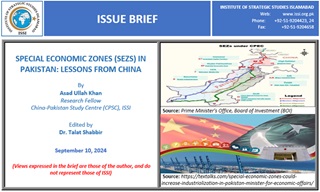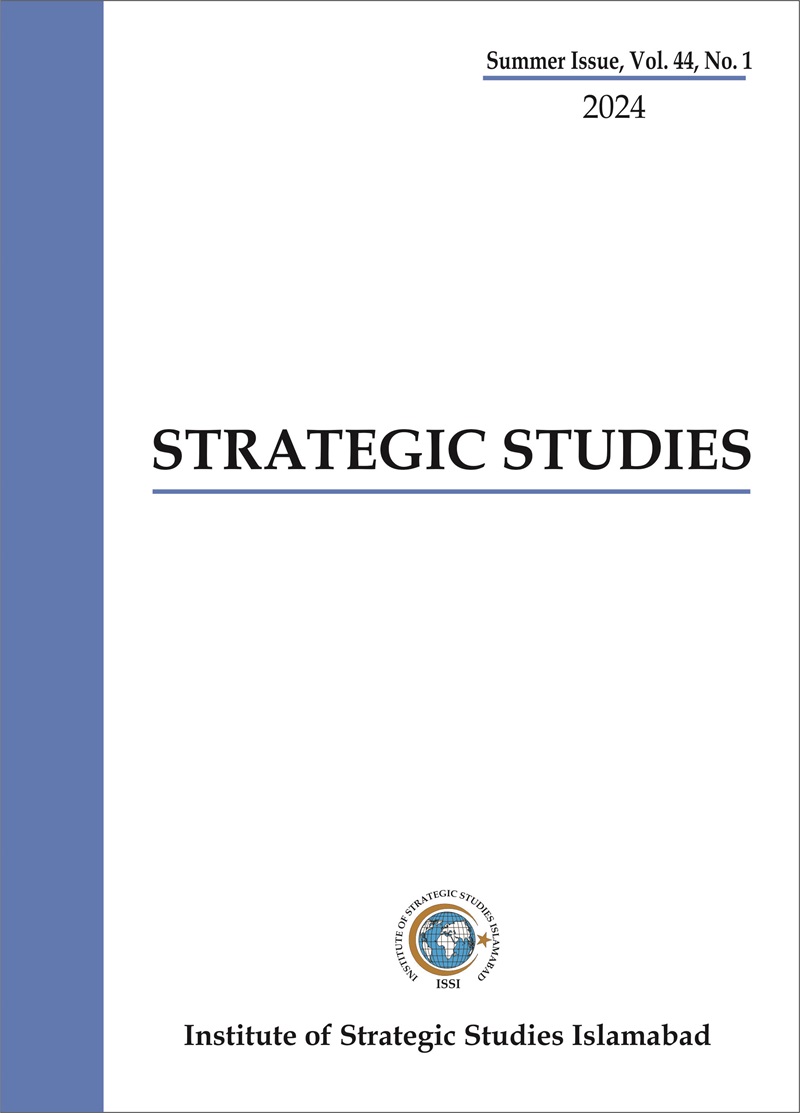Special Economic Zones (SEZs) are predefined areas of economic activity that stimulate industrial growth, international trade, and manufacturing jobs within a country. They serve as hubs of trade and business activity, due to favorable rules and regulations – like tax incentives, deregulated business activity and greater benefits for technology transfers and foreign investment. Such centers of large-scale economic operations lead to enhanced national growth, global competitiveness and greater innovation.[1] The recent report titled “Aligning Special Economic Zones Policies of Pakistan and China,” published by the Pakistan-China Institute and Power China, discusses how Pakistan can learn from the Chinese model of SEZs when establishing its own.
China’s story of massive economic growth in the last couple of decades is incomplete without the mention of SEZs. China started building its SEZs in the early 1980s with an aim to further its economic growth. The successful examples of the Chinese SEZs are Shenzen, Zhuhai, Shantou, and Xianme. Though there are many others as well but these are considered to be the most successful ones. According to statistics, all the SEZs established in China have contributed 22% of the country’s GDP. It has also facilitated 45% of China’s total foreign direct investment, and 60% of China’s exports are done via the SEZs established in different parts of the country. It has also played part in the social uplift of the society by creating 30 million jobs and increasing the income of traditional farmers by 30% through modern agricultural techniques and industrialization.















